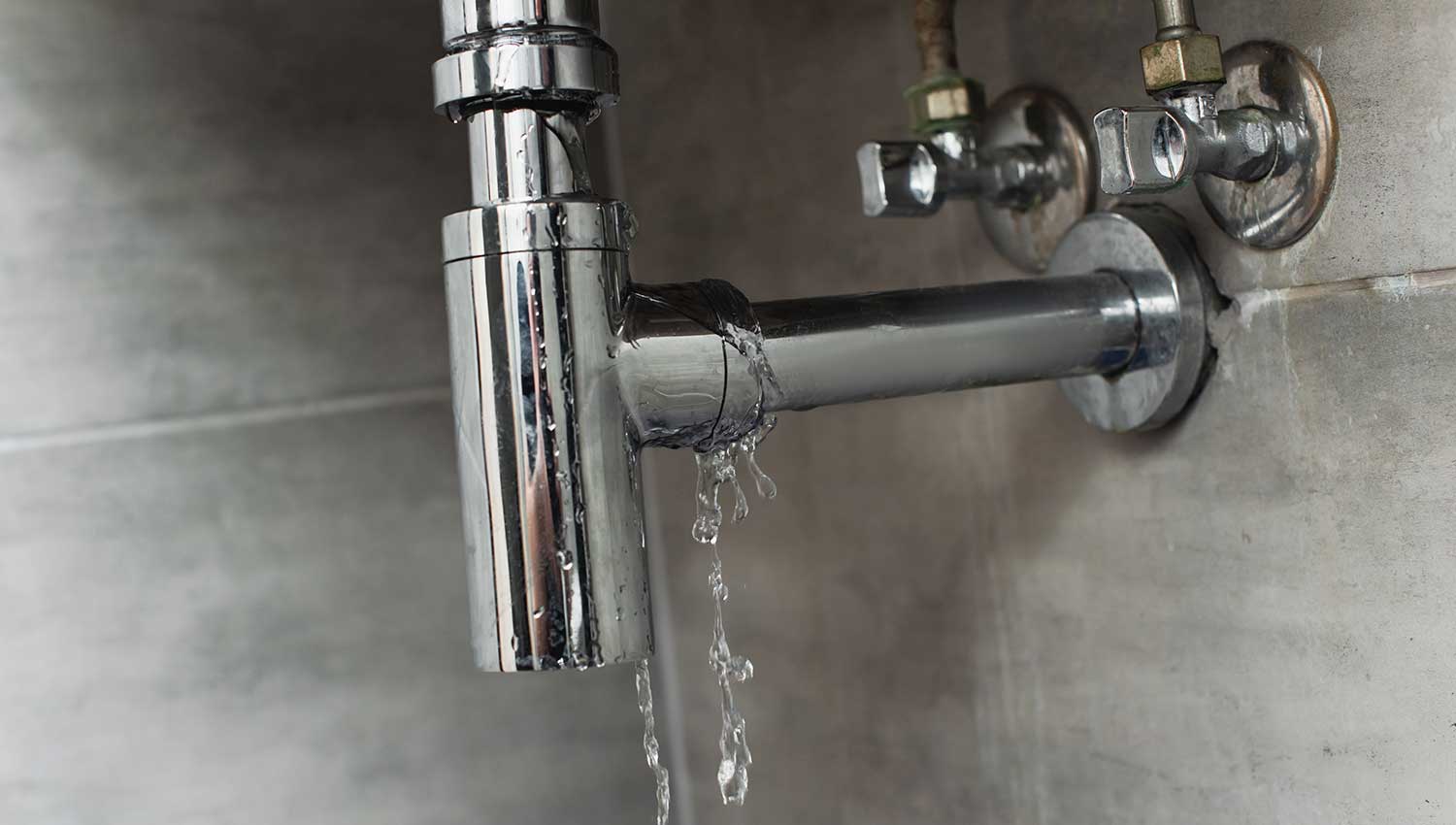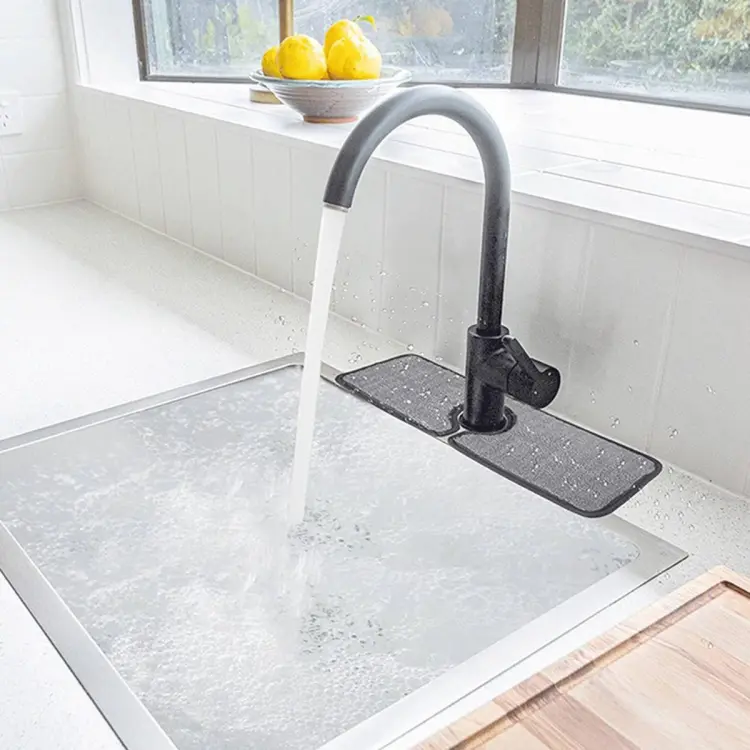Are you currently trying to locate guidance concerning Health Risks Posed by Leaking Faucets?

Introduction
A dripping faucet might look like a small aggravation, however its consequences expand far beyond the periodic drip. Recognizing the effects of a dripping faucet is vital for both homeowners and the atmosphere. In this write-up, we'll check out the numerous impacts of this common family problem and why addressing it promptly is necessary.
Sources Of Leaky Faucets
Dripping taps can result from a variety of factors, consisting of deterioration, high water pressure, and corrosion. In time, the constant use of taps can bring about worn-out seals and gaskets, causing leakages to establish. Additionally, extreme water stress can put stress on plumbing fixtures, bring about leaks. Deterioration and corrosion can also damage faucet parts, making them prone to leakage.
Water Wastefulness
Among one of the most significant effects of a leaky tap is water wastefulness. Also a small drip can amount to gallons of wasted water in time. This not just drives up water bills yet also contributes to water scarcity and ecological degradation. Dealing with dripping faucets without delay is crucial for preserving this priceless source and minimizing its influence on the world.
Financial Impact
Along with wasting water, leaking taps can also have a significant monetary effect. Enhanced water costs are a direct consequence of water waste, costing house owners numerous dollars yearly. Additionally, the expense of fixing water damage caused by leaks can be substantial, particularly if left ignored for a prolonged duration.
Ecological Impact
The environmental effect of dripping taps expands past water wastefulness. By preserving water, homeowners can add to more comprehensive initiatives to minimize water shortage and secure natural environments. Sustainable options such as rainwater harvesting and water-efficient fixtures can further reduce the ecological footprint of house water usage.
Technological Solutions
Advancements in modern technology have actually resulted in the development of clever taps and water-saving devices that aid reduce water wastefulness. Smart faucets make use of sensors to detect activity and adjust water flow appropriately, reducing waste without compromising ease. Water-saving devices such as aerators and low-flow showerheads are also efficient in saving water without endangering performance.
Global Viewpoints
While leaky taps may feel like a localized problem, they add to wider worldwide obstacles such as water scarcity and climate adjustment. In areas already encountering water tension, every decrease counts, making leakage prevention and repair crucial. By taking on water-saving techniques and purchasing sustainable technologies, property owners can play their part in resolving these pressing global problems.
Regulatory Actions
Federal government laws play a vital duty in minimizing the impact of leaky taps and advertising water preservation. From constructing codes that require water-efficient fixtures to water-saving rewards and rebates, policymakers have a series of devices at their disposal. By applying and enforcing these guidelines, governments can make sure that property owners focus on water preservation in their daily lives.
Area Impact
Addressing leaky taps calls for cumulative initiatives at the neighborhood level. By elevating recognition about the value of water preservation and giving resources for leak discovery and repair, regional authorities can equip property owners to do something about it. Campaigns such as water-saving rebate programs and leak detection projects can incentivize actions adjustment and promote accountable water use.
Situation Researches
Real-life examples of the influence of leaky taps underscore the relevance of aggressive upkeep and timely fixings. From water damages to escalating water costs, the repercussions of neglecting leaks can be serious. By sharing these case studies, home owners can better understand the value of attending to leaky faucets without delay.
Educational Campaigns
Educational campaigns play an important duty in raising awareness about the impacts of leaking faucets and advertising water preservation methods. Via workshops, workshops, and on-line resources, home owners can find out how to identify and repair leakages themselves. By encouraging individuals with knowledge and tools, instructional projects can cultivate a society of responsible water usage within neighborhoods.
Wellness Worries
Dripping taps can develop favorable settings for mold and mildew growth, positioning wellness threats to owners. The presence of mold and mildew can intensify respiratory system problems and allergic reactions, especially in at risk people. Additionally, water damages resulting from leaks can jeopardize the architectural integrity of structures and result in costly repairs.
Do it yourself vs. Professional Repair
When faced with a dripping tap, home owners typically debate whether to attempt repair work themselves or work with an expert plumber. While do it yourself repair work can conserve money, they might not always attend to the hidden issue effectively. Professional plumbers have the knowledge and tools to identify and take care of leaks correctly, making certain lasting remedies and comfort for property owners.
Preventive Measures
Protecting against leaking taps needs normal maintenance and aggressive steps. Straightforward tasks such as replacing damaged washers and seals can prevent leaks from developing. Additionally, updating to high-quality fixtures and lowering water stress can help prolong the lifespan of taps and lessen the risk of leaks.
Final thought
Finally, the effects of a dripping faucet expand far past the periodic drip. From water waste and increased water costs to wellness issues and ecological influence, the effects of disregarding leakages can be considerable. By resolving dripping faucets immediately and embracing water-saving practices, home owners can mitigate these impacts and contribute to a more sustainable future.
Why You Shouldn’t Ignore a Leaky Faucet in Your Home
What Causes a Leaky Faucet?
Various factors can cause a leak, from loose and worn-out parts to corrosion. Your faucet has four essential components from which most plumbing issues will stem: the O-ring, the valve seat, the washer and the gasket.
What Is an O-Ring?
The O-ring is a stem screw that fastens parts of the faucet in place, preventing water from leaking out of the spout. Depending on your faucet type, the stem might have multiple O-rings. Water will drip from the faucet’s handles and base if this part breaks or deteriorates.
What Is a Valve Seat?
The valve seat controls the flow and temperature of the water. Found at the base of the handle, it works as a seal for the faucet’s stem. The valve seat ensures the water is allowed to flow or is blocked as the handles dictate. You’ll know it’s malfunctioning when water leaks from your faucet’s sides.
What Is a Gasket?
The gasket is found between the water inlet and the valve stem. It creates a seal between the faucet and the sink, holding its joints by aerators attached to the stem’s head. Water will trickle out from the base if the gasket isn’t working.
What Is a Washer?
The washer secures the handles and prevents leakage, serving a similar purpose to the O-ring. While the O-ring is ordinarily round and made from an elastic material, such as rubber, the washer is square-shaped and composed of brass, copper and other hard metals. If it malfunctions, corrodes or has been improperly installed, water will leak out of the handles, causing that incessant faucet drip.
Why Is a Leaky Faucet Dangerous?
A leaky faucet left alone for too long can have significant consequences.
Pest Infestations
Since bugs and rodents gravitate towards the scent of water, a leaky faucet will draw pests to your sink. Both are looking for leaks accessible through crawl spaces, which a faucet provides. If you leave water dripping for too long, you run the risk of an infestation.
Rust
If one of the faucet parts has started to corrode, the resulting rust can spread to your pipes and valves with startling speed. The rust might even lead to cracks or other impairments, resulting in more severe plumbing issues.
Your sink could also sustain damage from a leaky faucet. The water in your tap possesses sparse elements of calcium and iron that can stain your sink with repeated and prolonged exposure. Once those elements in the water have been open to the air for some time, your sink will start to rust, creating marks that can be difficult to remove.
https://www.tomsmechanical.com/blog/why-you-shouldnt-ignore-a-leaky-faucet-in-your-home

I hope you enjoyed our part on How to Fix a Leaky Faucet. Thank you for taking time to read our posting. If you please take the opportunity to share this content if you liked it. I am grateful for being here. Come back soon.